Roboto のすべてのインスタンスを Roboto Flex に置き換えます。スマートウォッチとマテリアル 3 の表現力豊かなデザイン言語に合わせて最適化されたベースライン タイプスケールを調整します。
可変軸、可変幅、可変ウェイトを使用して、大きなディスプレイとタイトル テキストのスタイルを調整し、スタイルを高め、小さいサイズでも実用性と読みやすさを高めます。
Roboto Flex
Roboto Flex には、アプリのユースケースに対応する可変軸のセットがあります。
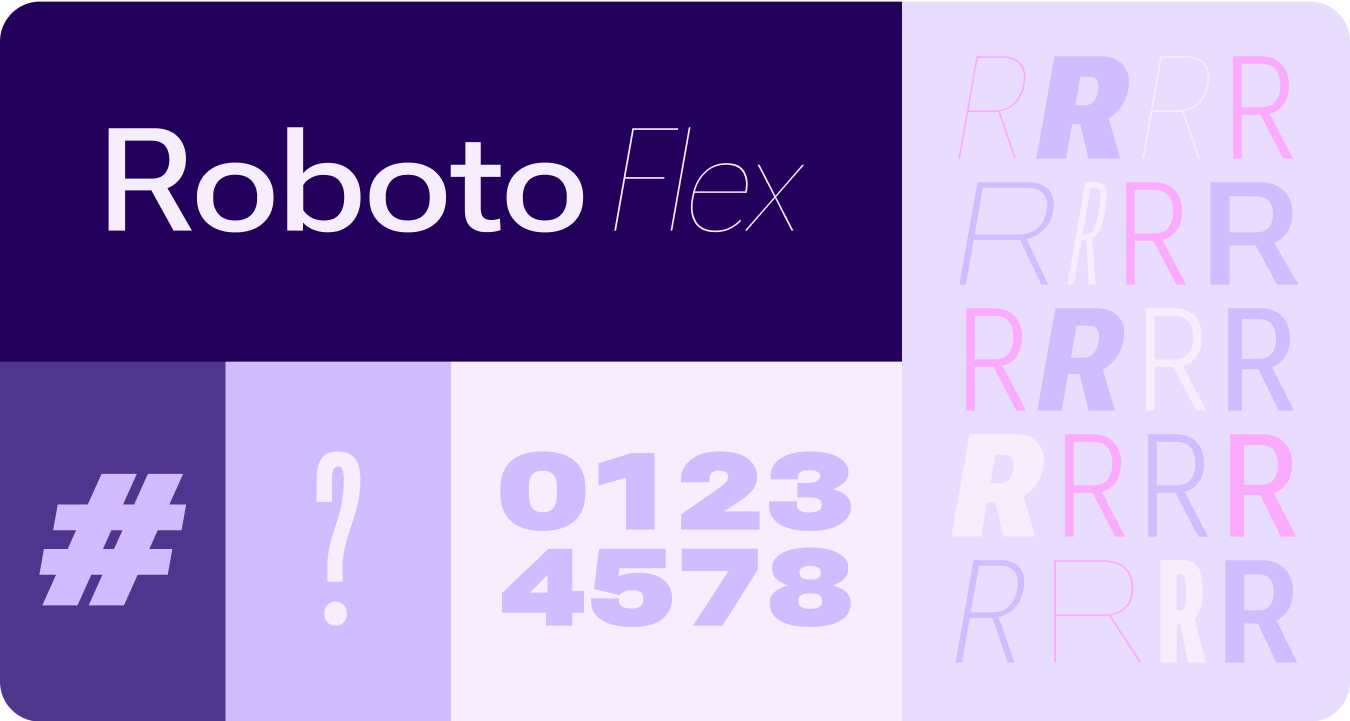
調整可能な軸
可変フォントには、表現のための可変フォント属性が多数ありますが、プロダクト デザインに最も適したカスタマイズ可能なスタイル属性(または軸)が 2 つあります。それは、太さと幅です。
体重
Weight は、特定のフォントにおける書体のストロークの全体的な太さを定義する主な属性です。最も一般的な太さは通常と太字ですが、太さは非常に軽いものから非常に重いものまで極端なものがあります。書体に可変性がある場合、ストロークの太さの全体的な連続範囲が提供されるため、重みの数は実質的に無制限になります。
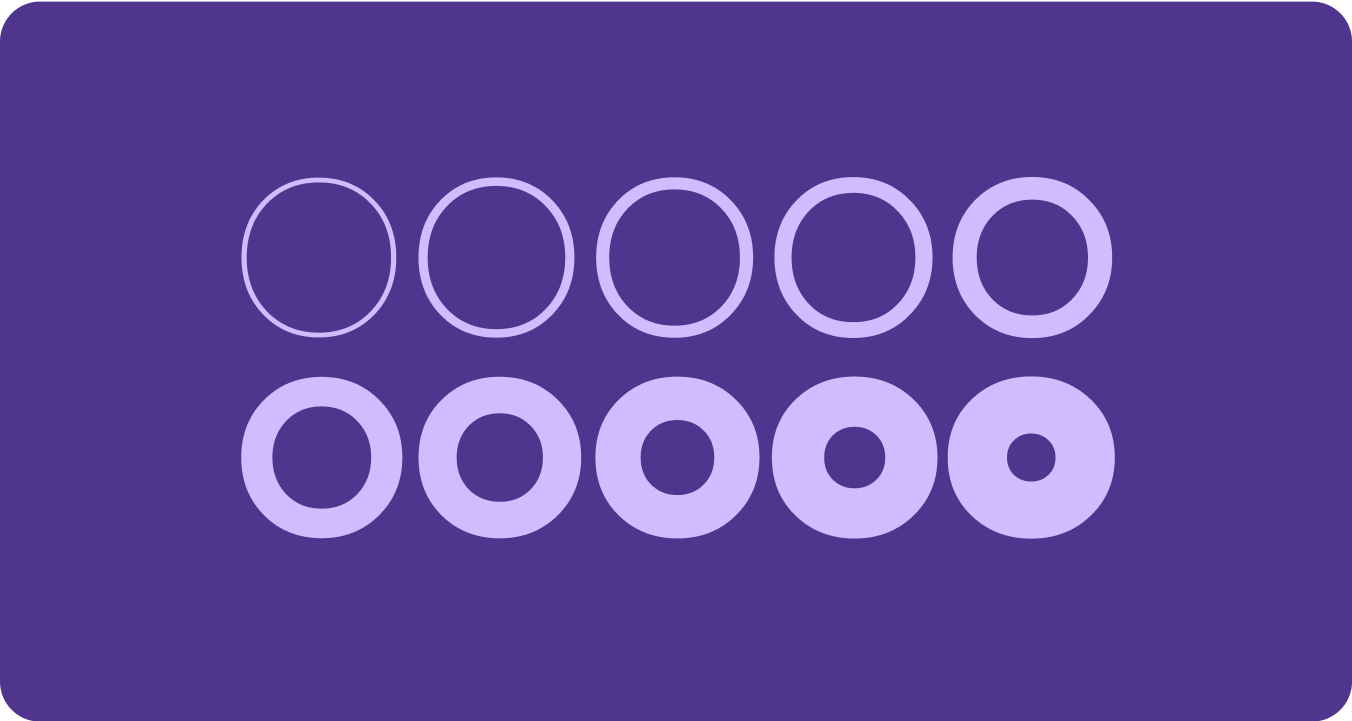
注意事項
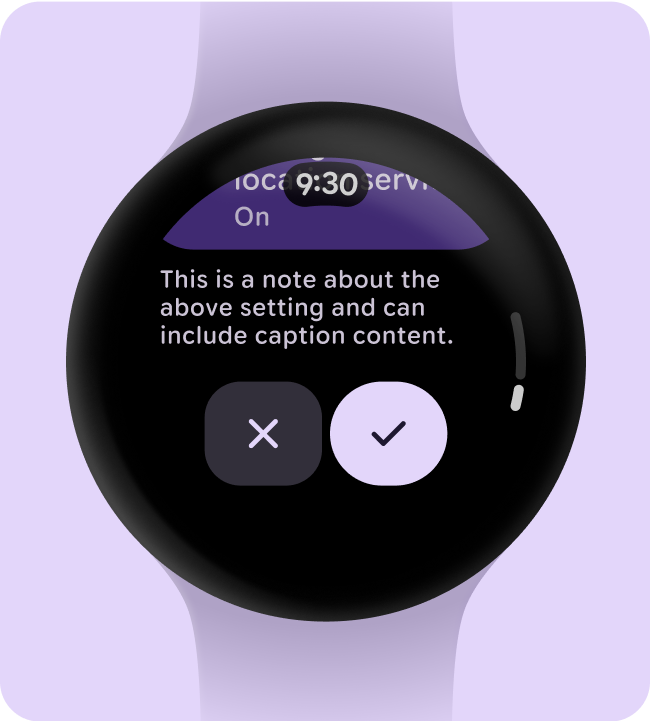
注意
本文のテキストに太さが軽すぎるタイプを使用する場合は注意が必要です。 解像度の低いディスプレイでは、繊細なタイポグラフィ、特に小さなタイポグラフィが読みづらくなることがあります。ディスプレイ タイプなど、大きなフォントサイズでは、より細い太さのフォントを使用します。
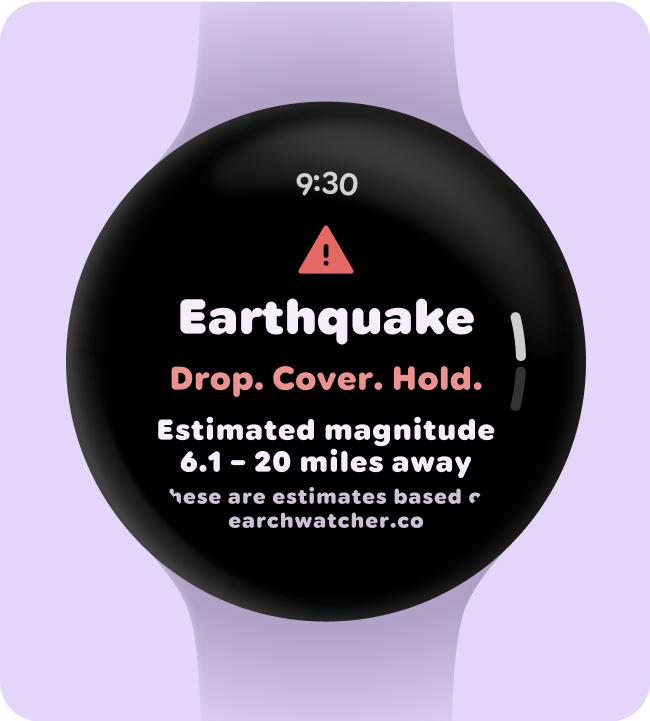
注意
逆に、小さいサイズで太すぎると、判読性が低下する可能性があります。太すぎる文字は読みづらい場合があります。
幅
Width(幅)は、タイプフェイスの文字により占有される水平方向のスペースの結果的な分量です。幅が狭いほど、1 行あたりに収まる文字数が増えますが、幅が広いほど個性が出ます。
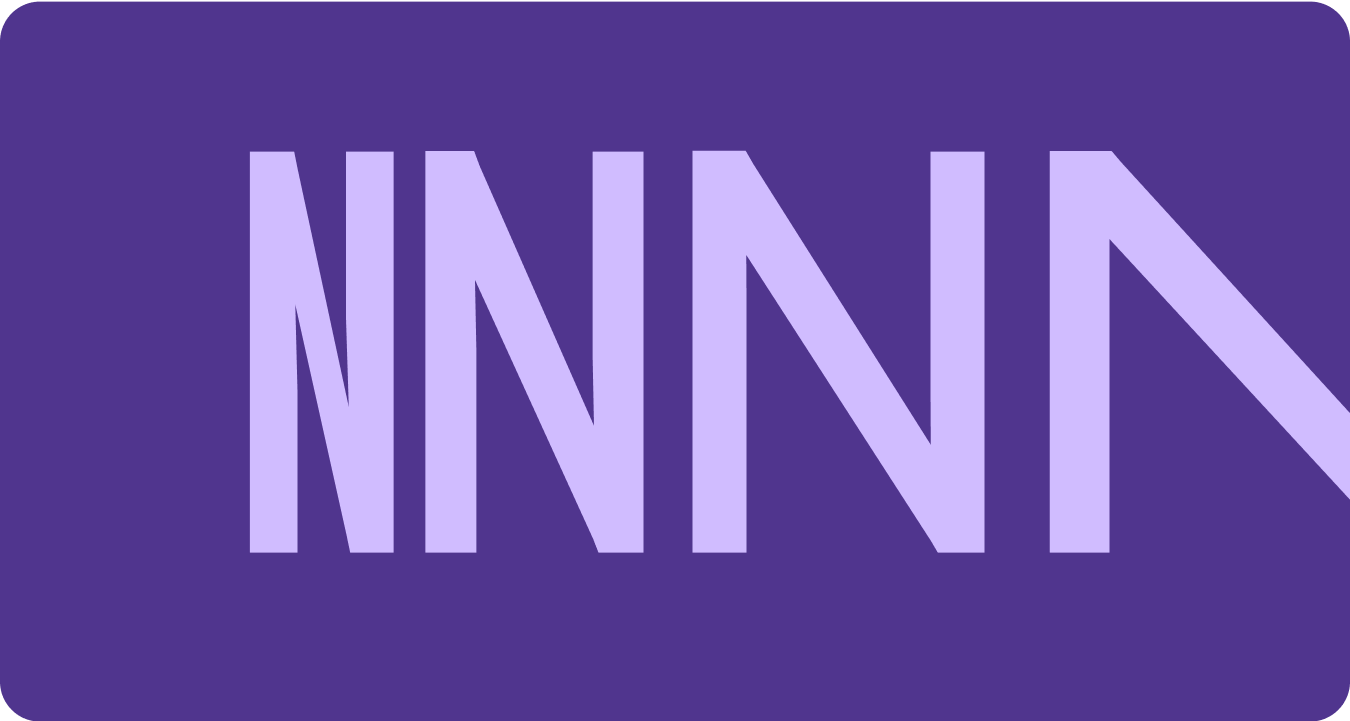
注意事項
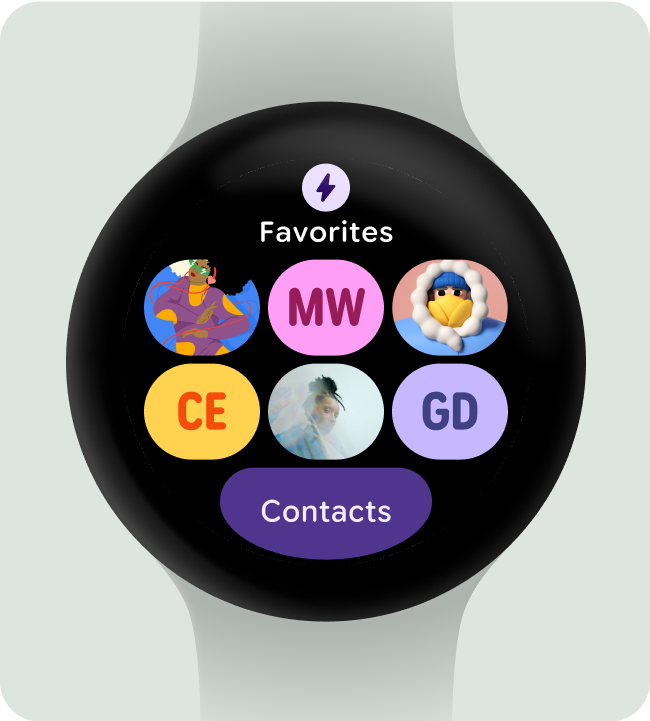
すべきこと
幅を狭くすると、名前や長い数字など、小さいサイズでも多くの文字を表示できます。
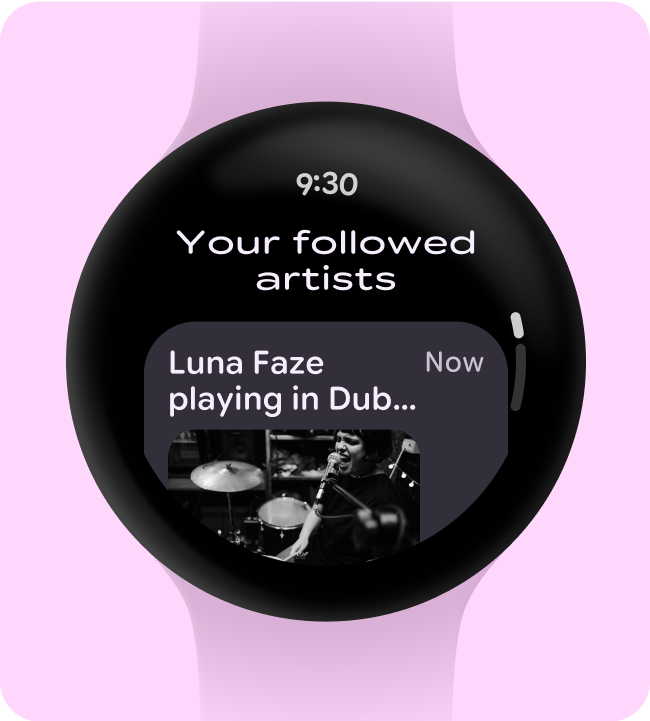
すべきでないこと
幅の広いスタイルはスペースを多く占有するため、アプリページのヘッダーなど、スペースが限られている領域には使用しないでください。

